
“The time will come when men such as I will look upon the murder of animals as now they look upon the murder of men”-Leonardo da Vinci
A Prayer For Animals
Hear our humble prayer, O God, for our friends, the animals, especially for animals who are suffering; for any that are hunted or lost or deserted or frightened or hungry; for all that must be put to death. We entreat for them all thy mercy and pity, and for those who deal with them we ask a heart of compassion and gentle hands and kindly words. Make us to be true friends to animals and so to share the blessings of the merciful. Albert Schweitzer
“Until one has loved an animal, a part of one’s soul remains unawakened.” ― Anatole France
Links:
Ravens
Hickory Horned Devil
Bats
Eggsploring
Birds
Climate, Hibernation, and Migration
Moths
Fossils
Flying Animals
Dangerous Ocean Animals
The Ocean and Sea Life
The Cicada
Echinoderms
Fish Facts
Sharks
Whales and Dolphins
Carolina Anole
Yellow Jackets
Brown Recluse Spider
The Honey Bee
Bug Bites and Bee Stings
Fireflies
The Mantid
Worms
The Legend of the Christmas Spider
Mount Everest is the highest mountain on Earth. These are the animals who have adapted and evolved to thrive here and call Mount Everest home: snow leopard, Himalayan black bear, Alpine chough (related to the crow) and standing above all is the Himalayan jumping spider, Euophrys Omnisuperstes (meaning “standing above all”). It lives at at a higher elevation than any other animal. But what does it eat? As far as experts can tell, it eats frozen insects delivered by the wind.
HIMALAYAN JUMPING SPIDER
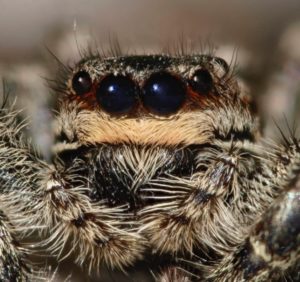

Links to other interesting sites:

Some Animals Querks
1. Ants never sleep.
2. An ostrich’s eye is bigger than it’s brain.
3. Butterflies taste with their feet.
4. Elephant are the only animals that cannot jump.
5. Camels have three eyelids to protect themselves from the blowing desert sand.
6. Dogs and cats like humans, are either right or left handed.
7. Bats always turn left when exiting a cave.
8. All polar bears are left handed.
9. Camel’s milk does not curdle.
10. Dolphins can swim and sleep at the same time, as they sleep with one eye open.

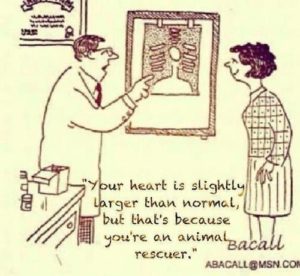
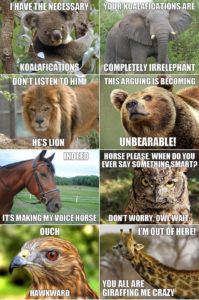

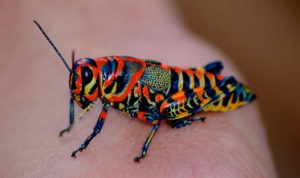
Rainbow Grasshopper Western Great Plains, U.S.
Gecko Toes







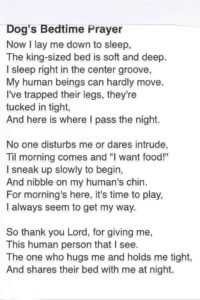
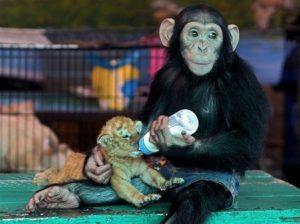

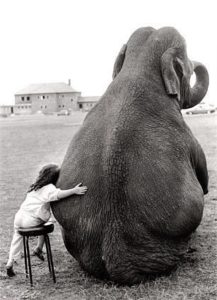



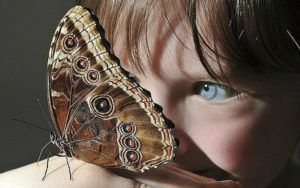
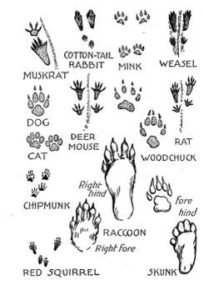


IN THE GARDEN – The Great Spangled Fritillaria
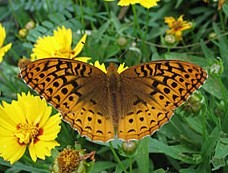

The Great Spangled Fritillary is a large butterfly that reaches 2 1/8 to 3″ in wingspan and is found throughout the United States, except for the extreme south. There is only one generation each year. A fast flying butterfly, it is on the wing from late spring or early summer into fall and is mostly orange above, with small black patches and lines and mostly orange below with the silver spots common to fritillaries. Prime habitats for this species include moist meadows and deciduous woods in the east. The caterpillar hatches from a brown egg, overwinters and then begins eating in March on the wild violet. Larvae of this butterfly are black, with numerous black spines running down the body. The great spangled fritillary flies quickly but pauses to take nectar from a variety of blossoms including black-eyed Susan, thistles, Shasta daisy, butterfly bush, cone flower, bee balm, butterfly weed and milkweed. Females mate in June or July and then proceed to hide on bark or under foliage till late August to September. The females lay eggs on leaf litter near violets. First-stage caterpillars hibernate unfed until spring.
Gulf Fritillaria
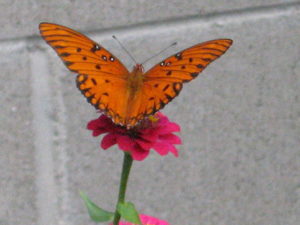
The Gulf Fritillary or Passion Butterfly has long narrow wings in comparison with other butterflies. Its underwings are buff, with large silvery spots. The larva or caterpillar of the Gulf Fritillary grows to approximately 1.6 in in length and is bright orange and covered in rows of black spines on its head and back. The spines are soft to the touch and do not sting. However, the larvae are poisonous if eaten, as the bright coloration advertises.
The larvae feed exclusively on species of passionflower such as Maypop, Yellow Passionflower and Running Pop. Their toxic flesh provides Gulf Fritillary caterpillars with excellent protection from predators. Many birds avoid them. Some specialized insects are observed feeding on them, however, and larger caterpillars sometimes eat smaller ones. This species belongs to the “orange” Batesian mimicry complex.
The chrysalis is approximately 1.2 in long; it is mottled brown and looks like a dry leaf.
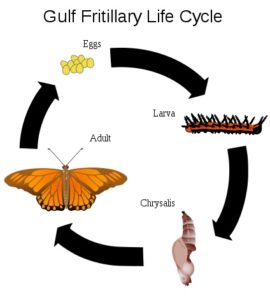

Egg of Fritillaria

White Lined Sphinx Moth 
White lined sphinx moth caterpillar

Pupa

I was so happy to see a hummingbird moth in the garden today sucking nectar from the flowers. They fly just like hummingbirds and make a nice little hum. They are large and at first glance you will think they are a hummingbird! When the caterpillars are fully grown, they climb down the host plant and into the soil where they make a coccoon and become a pupa (resting stage). If it is early in the season, the adult moths will hatch in a few weeks. If it is in the Fall, the moths won’t come out until the following Spring. Adult Hummingbird Moths feed on nectar from many different flowers, just like hummingbirds. Some of their favorites include: Japanese Honeysuckle, Red Clover, Highbush Blueberry, thistles, wild roses, and blackberries. Unlike most moths, they will fly during daylight, but evening is the most productive time to watch for hummingbird moths. The White Lined Sphinx Moth is about 2 to 2 1/2 inches in length. These moths are also known as hawk moths. Adults of most hornworms (including the “tomato” hornworms) fly after dusk and are rarely observed except occasionally at porch lights. I know if you grow tomatoes you have encountered the tomato hornworm. The horn is at the rear of the caterpillar.
Hornworm Egg

Tomato Hornworm Caterpillar

tomato hornworm adult
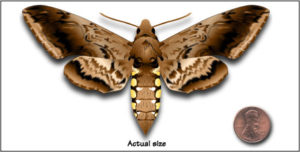
 You may see a hornworm with white egg-like structures on its back. These are the pupae of very small parasitic wasps less than 1/8 inch long, black with yellowish legs and clear wings. The female wasp uses her ovipositor to lay eggs just under the skin of an unlucky hornworm If you see a bright green hornworm carrying what looks like a clutch of white-colored insect eggs on its back, leave it there! As the eggs hatch, the larvae feed on the hornworm. This wasp is a friend to the home gardener! They like to feed on things we don’t like in our gardens: hornworms, caterpillars, beetles, aphids, squash bugs and stinkbugs.
You may see a hornworm with white egg-like structures on its back. These are the pupae of very small parasitic wasps less than 1/8 inch long, black with yellowish legs and clear wings. The female wasp uses her ovipositor to lay eggs just under the skin of an unlucky hornworm If you see a bright green hornworm carrying what looks like a clutch of white-colored insect eggs on its back, leave it there! As the eggs hatch, the larvae feed on the hornworm. This wasp is a friend to the home gardener! They like to feed on things we don’t like in our gardens: hornworms, caterpillars, beetles, aphids, squash bugs and stinkbugs.
Parasitic wasp

Argiope, the writing spider

Argiope egg sac

Argiope . . The Garden Spider or The Writing Spider builds it’s web in open sunny places. It is a large black and yellow orb weaver and doesn’t build a retreat but sits in the center of the snare. It usually makes a long zig zag stabilimentum. The function of the stabilimentum is unknown. The female in the picture in very large 19-28 mm. The males are so small you can barely see them. Males are 5-8mm. The egg sacs are spheroids narrow on one end with a tough brown papery cover. The eight legs are long, thin, tan with black stockings.
